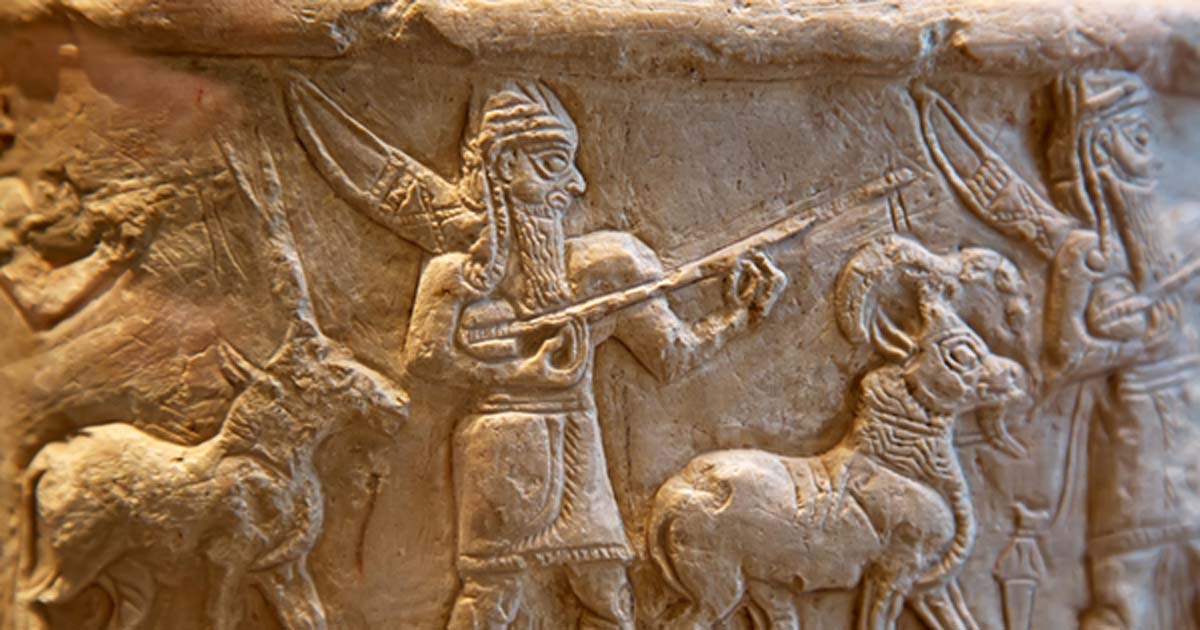
More widely, the fall of Ur led to the end of the Sumerian civilization. The patriarch Abraham is believed to be one of these Amorites that left Ur to settle in Canaan. A famine followed the fall of Ur because of climate change and the over-use of the land leding the inhabitants to leave the region. Then, the Amorites controlled Sumer for a short period of time. Armies from Elam (modern-day Iran) breached Sumer’s wall and took the city of Ur in 1750 BC. However, at some point, despite efforts such as the construction of a big wall by Shulgi’s successors, Sumer’s kings could not resist foreign invasions. Even if historians think that it might be exaggerated, this hymn shows the spirit of Shugli’s rule: creating a sense of admiration in his subjects for enforcing his power. For example, in ancient hymns, King Shulgi is said to have run 160.9 kilometres between the religious center of Nippur and the capital city of Ur in one day in order to officiate at festivals in both cities. They were also strongly concerned about immpressing their own people and distinguishing themselves from the others. The Kings of Ur, such as Ur-Nammu (who reigned from 2047 to 2030 BC) and Shulgi (who reigned from 2029 to 1982 BC) were particularly concerned about cultural matters, technology, and art in general. This period is also known as the Sumerian Renaissance due to all the major cultural advances. It is named this way as a reference to the Third Dynasty of the city of Ur. The last major period in the Sumerian history is known as the Ur III Period (2047-1750 BC). Indeed, trade was the main factor that led to the development of the first writing systems in Sumer because the Sumerian merchants abroad needed an accurate long-distance way of communication.

All these cities were engaged into numerous trade relations with foreign lands. Meanwile, the city-state of Uruk quickly became the largest and most powerful one. They were initially all independent from each other with their own government. The most important Sumerian cities were Eridu, Uruk, Ur, Larsa, Isin, Adab, Kullah, Lagash, Nippur, and Kish. It is generally accepted that the first cities in the world rose in Sumer.

At that time, the Sumerians had already invented the wheel, writing, the sail boat, agricultural processes such as irrigation, and the concept of the city.

By 3600 BC, the Sumerian civilization was firmly established in the region.

The first settlers were not Sumerians but people of unknown origin whom archaeologists refered to as the “Ubaid people” (from the mound of Al-Ubaid where artifacts relating to them were found). The region of Sumer has been inhabited since at least 4500 BC. They were also those who divided the night and day into periods of 12 hours, set a limit on a “work day” with a time for beginning and ending, and established the concept of holidays.ġ/ The Ubaid Period and the development of the first cities: The Sumerians also invented the modern-day system for measuring time with their “sexigesimal” system of counting (a system based on the number 60) created the 60-second minute and the 60-minute hour). They include, for example, the first schools, the first legal code, the first proverbs and sayings, the first messiahs stories, the first love song, the first aquarium, the first legal precedents in court’s cases, the first tale of a dying and resurrected god, the first funeral hymns, etc. The historian Samuel Noah Kramer’s book History Begins at Sumer lists a large number of “firsts” in human history that come from Sumer. The Sumerians are known for being those who invented the first writing system, along with many other inventions that we still use today in our modern societies.


 0 kommentar(er)
0 kommentar(er)
